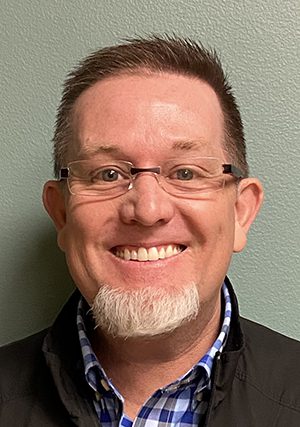“Dollars saved 20 years ago have lost nearly HALF of their purchasing power. Such inflation poses a serious threat to seniors entering retirement, as well as those already in retirement.”
Since 2000, the US dollar has lost an incredible 44.2% of its purchasing power. Reports from the government’s Bureau of Labor Statistics (BLS), the official tracker of inflation statistics, indicate inflation may be worse than we think. Even as interest rates remain at their lowest ever, Federal Reserve policies may be pushing inflation higher.
What does this mean for retirees and pre-retirees?
If you have an advisor or team of advisors, they most likely have mentioned the idea of “diversification” at least once. Since 2020, however, the concept of diversification has morphed from a “nice idea” into an absolute necessity. Multiple asset classes, particularly cash-flowing assets, seem to be the only cure for thriving in an increasingly volatile investing landscape. Diversification or developing so-called “hybrid” retirement strategies is essential to avoid a retiree’s most dreaded scenario: outliving their savings.
Proper diversification and risk reduction are part of well-designed, customized financial plans. Contrary to what some advisors preach, there are no shortcuts, no “one size fits all” templates to shorten the process. Portfolio allocation is unique to every individual. Some financial professionals believe the only way to ensure a diversified plan is to invest in every kind of asset.
How does one achieve diversification?
Many people don’t want to spread their cash out in multiple assets because they find it too difficult to monitor and maintain. If that is the case, retirees and those nearing retirement should consider several potential sources of income streams. Each of these assets offers different benefits and risks, and growth potential.
Social Security.
Although it is a dependable income source, retirees should not regard Social Security as their sole source of retirement money. In 2020, Social Security paid out an average of $1,503, an amount that is insufficient to meet most retirees’ needs.
Fixed instruments. Debt instruments that pay fixed amounts of interest, such as bonds, are commonly used to build diverse retirement blueprints. Interest from these kinds of assets is usually paid on a semi-annual basis. The principal invested goes back to the investor upon maturity.
Stock market. While the market offers high growth potential, recent volatility makes it clear that such growth often comes with higher risks.
It’s critical when considering this option that you clarify how much risk you are willing to take and whether you have time to recover from any losses you might incur. The COVID-19 pandemic has made Wall Street’s outcomes even more unpredictable, meaning it could take years for seniors who invest too heavily in the market to recover from a downturn. Retirees could find they must withdraw more significant amounts of their cash when stock prices are down, leading to faster depletion of retirement savings.
Be sure you consult with a knowledgeable financial planner to determine whether you have the right amount of money invested in stocks.
“Safe money” vehicles. The cornerstone of a sound retirement is safe money products such as permanent life insurance and annuities. Instead of adding these proven products as afterthoughts, building your portfolio around them makes sense. Owning risk-averse, tax-advantaged products, many of which provide guaranteed income streams, will help you in several ways.
You will be able to plan better, knowing that you have a predictable source of income. Also, unlike stocks and other assets, your principal is protected. And you have the opportunity to use these products to create a legacy for your loved ones. Safe money products like annuities and life insurance also have unique tax advantages that other cash management tools lack.
Depending on your appetite for growth and risk tolerance, there are other possibilities to diversify your retirement portfolio. Before committing to any of these more “exotic” investments, you need to spend time doing your research and due diligence. Then speak to a trusted advisor who will tell you the TRUTH about money and not just try to sell you something.
Financial mistakes can be detrimental to your happiness when you no longer work. The good news is that taking advantage of viable alternatives to traditional planning and creating a safer, more robust “hybrid” portfolio can help you avoid making those mistakes.
Brad Pistole is a member of Syndicated Columnists, a national organization committed to a fully transparent approach to money management.
Trinity Insurance & Financial Services Inc. 5511 N. Farmer Branch Rd., Suite 101, Ozark MO 65721. 417-581-9222
Interested in additional information? Register for Brad’s FREE Newsletter at 888-998-3463 or click his newsletter link: Brad Pistole Newsletter
Syndicated Columnists is the sole provider of this material, both written and conceptual, for this column. All rights reserved.
















